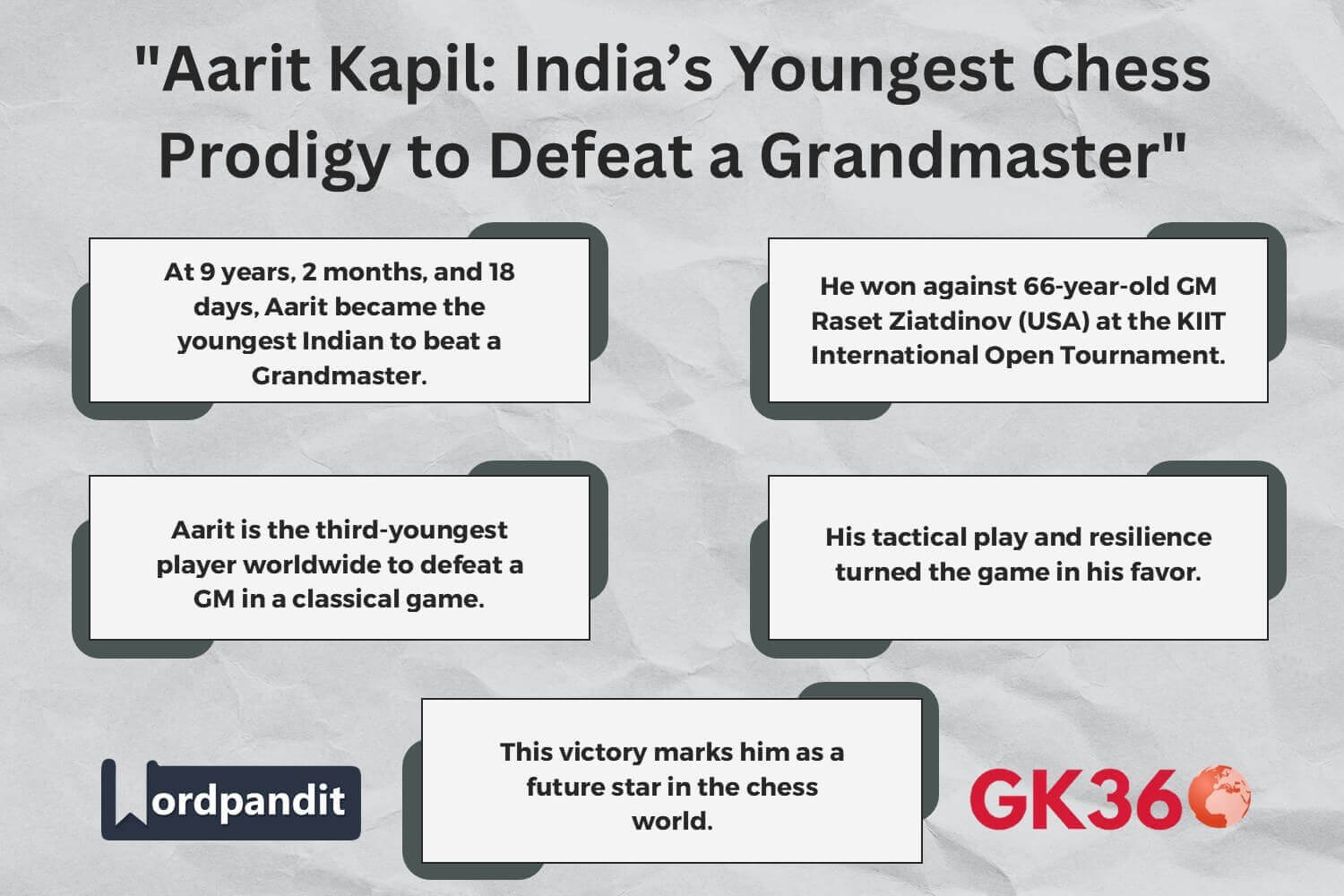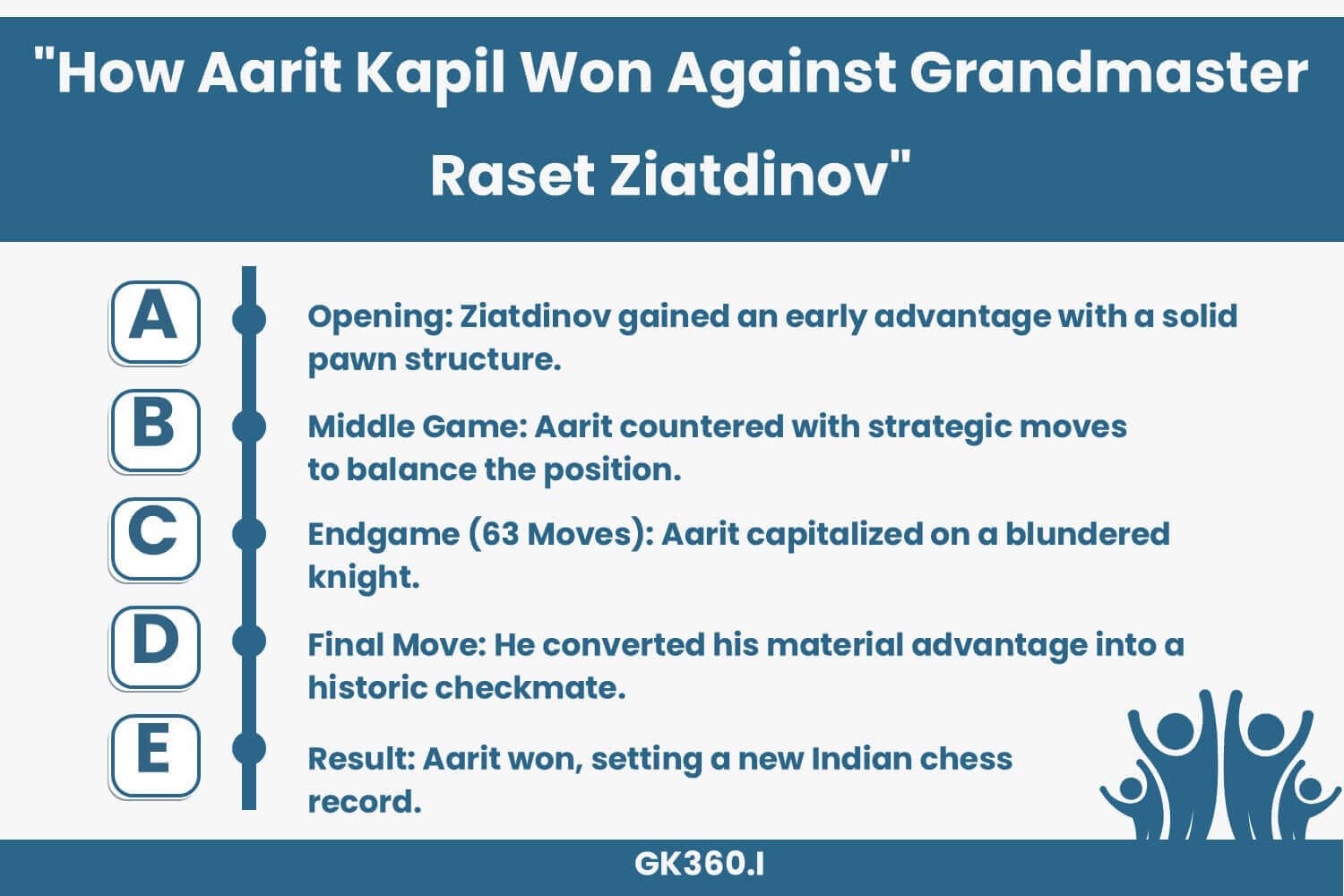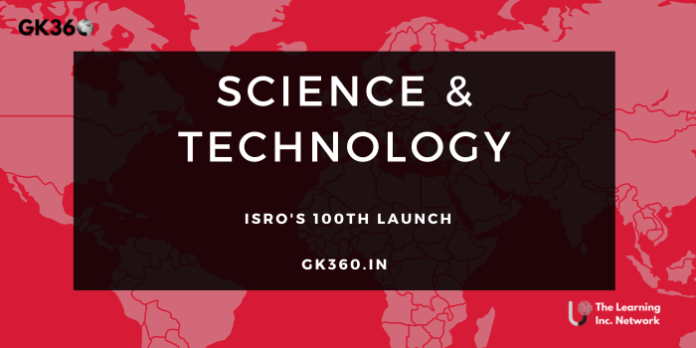100th Launch of ISRO with India’s Bold Leap Forward: GSLV-F15 and the Future of Navigation
India stands at the cusp of a monumental achievement in space technology. The Indian Space Research Organisation (ISRO), renowned for its cost-effective and innovative missions, is gearing up for its 100th launch, the GSLV-F15. Scheduled for January 29, 2025, this milestone mission will carry the NVS-02 satellite into orbit. This important endeavor not only symbolizes India’s progress in spacefaring capabilities but also highlights the nation’s rising stature as a reliable player in global satellite navigation services.
In this article, we explore the GSLV-F15 mission, delve into the workings of NavIC (Navigation with Indian Constellation), and examine how the NVS-02 satellite could reshape India’s approach to navigation and timing technology.

Table of Contents
- Significance of ISRO’s 100th Launch
- The GSLV-F15 Mission: An Overview
- Understanding NavIC: India’s Own GPS Alternative
- Why NVS-02 Matters: Next-Generation NavIC Satellite
- Addressing Past Challenges
- The Bigger Picture: India’s Growing Navigation Ecosystem
- The Road Ahead: Future of the NVS Series
- Socio-Economic and Strategic Impact
- FAQ
- Conclusion: Embracing a New Era of Navigation
1. Significance of ISRO’s 100th Launch
ISRO’s track record is studded with a variety of prestigious milestones, from the Mars Orbiter Mission (Mangalyaan) to the Chandrayaan series. The GSLV-F15 launch, however, marks a special occasion—this is ISRO’s 100th mission. Over the years, the organization has matured from launching small satellites aboard relatively modest rockets to sending large payloads into geostationary orbits. The upcoming launch cements ISRO’s place among the world’s leading space agencies, bearing testament to decades of engineering excellence, rigorous testing, and continuous improvement in propulsion and satellite technologies.
A Milestone in Space Exploration
The GSLV-F15 launch will be a cornerstone event for ISRO, as the organization transitions from its earlier capabilities to more advanced technologies. The success of the GSLV (Geosynchronous Satellite Launch Vehicle) series has laid the groundwork for heavier and more robust payloads, ultimately contributing to missions that demand high precision and reliability.
2. The GSLV-F15 Mission: An Overview
Mission Profile
On January 29, 2025, the GSLV-F15 is set to lift off from the Satish Dhawan Space Centre, located in Sriharikota, on India’s east coast. The mission is designed for a total flight time of approximately 19 minutes—relatively quick compared to interplanetary or trans-lunar missions. Within this window, the rocket will propel the NVS-02 satellite into a geosynchronous transfer orbit, from where it will maneuver to its designated geostationary slot at 111.75ºE.
Payload Details
The star of this mission is the NVS-02 satellite, a second-generation component of India’s NavIC navigation system. Weighing in at around 2,250 kilograms, NVS-02 carries advanced payloads designed to enhance Position, Velocity, and Timing (PVT) services. One standout feature is its high-precision atomic clocks, critical for ensuring accurate timing signals—a key requirement for any navigation satellite.
3. Understanding NavIC: India’s Own GPS Alternative
NavIC (Navigation with Indian Constellation) is India’s regional satellite navigation system, intended to reduce reliance on foreign services like the US-based GPS, Russia’s GLONASS, Europe’s Galileo, and China’s BeiDou. By establishing its independent navigation infrastructure, India aims to secure critical defense and civil operations, ensure uninterrupted access to navigation signals, and expand its technological capabilities.
Coverage and Accuracy
NavIC provides two types of services:
- Standard Positioning Service (SPS): Primarily intended for general users across the public domain.
- Restricted Service (RS): A secure service offered to authorized users, typically government agencies.
With coverage extending up to 1,500 kilometers beyond India’s boundaries, NavIC delivers an impressive level of accuracy, generally better than 20 meters for positioning and within 50 nanoseconds for timing. This precision can prove invaluable for disaster management, fleet tracking, agriculture, logistics, and numerous other applications requiring real-time navigation data.
4. Why NVS-02 Matters: Next-Generation NavIC Satellite
The NVS-02 satellite is part of the second-generation NavIC satellites, designed to replace older IRNSS (Indian Regional Navigation Satellite System) satellites nearing the end of their operational lifespans. NVS-02 will be positioned to take over the role of IRNSS-1E, ensuring continuity in navigation services.
Key Advancements
- Expanded Frequency Bands: NVS-02 includes payloads that support L1, L5, and S-band frequencies. Incorporating L1 makes NavIC signals more compatible with devices currently using the US Global Positioning System (GPS).
- Enhanced Atomic Clocks: The satellite’s atomic clocks are engineered for higher stability, aiming to resolve issues faced by older satellites, which experienced clock malfunctions.
- Longer Operational Life: These second-generation satellites are designed to function efficiently for up to 12 years, minimizing the need for frequent replacements and maintenance.
By operating on multiple frequency bands, NVS-02 can potentially enhance NavIC’s reach into new consumer applications, such as fitness trackers, smartwatches, and smartphones.
5. Addressing Past Challenges
While ISRO has built a reputation for reliable and cost-effective missions, the NavIC program has encountered its share of obstacles, particularly with the IRNSS satellites’ atomic clocks. Malfunctions required replacements ahead of schedule, prompting ISRO to refine its clock technology for improved resilience and durability in the vacuum of space.
Technological Refinements
The move to upgrade from IRNSS to the NVS series demonstrates ISRO’s commitment to learning from past glitches. Incorporating more advanced and reliable clocks stands out as a prime example. Furthermore, the planned lifespan extension to 12 years indicates that lessons have been internalized, driving the push for higher endurance and reduced operational downtimes.
6. The Bigger Picture: India’s Growing Navigation Ecosystem
Despite criticisms about the underutilization of NavIC services, recent developments point to significant progress. Consumer device manufacturers are increasingly integrating NavIC support, broadening the system’s usability. Mobile handsets and vehicle navigation systems designed to receive NavIC signals are gradually entering the market. As more industries discover the advantages of an indigenous navigation system, the potential for expanding NavIC’s user base continues to grow.
Diverse Applications
- Disaster Management: NavIC’s coverage and precision can assist in rescue operations, especially in remote areas where instant connectivity is vital.
- Agriculture: Accurate positioning can aid in precision farming techniques, providing real-time data for efficient irrigation and monitoring of crop health.
- Transport and Logistics: Fleet management platforms can leverage NavIC for real-time tracking, ensuring timely deliveries and minimizing fuel costs.
- Security and Defense: An independent system grants India greater autonomy in military operations without depending on external services that may be restricted during critical moments.
7. The Road Ahead: Future of the NVS Series
With NVS-02 ready to launch, ISRO plans to follow up with four additional second-generation satellites. Each new satellite will come with incremental improvements and expanded capabilities, building on the blueprint set by NVS-02.
Steps Toward Global Coverage?
While NavIC is currently focused on regional coverage, there is speculation about extending it to a global scale. Though no formal announcements confirm such plans, if ISRO’s track record is any indication, scaling up to a global constellation could be a future milestone. A broader coverage area might require more satellites and advanced ground infrastructure, but it would also place India firmly in the ranks of global navigation system providers.
8. Socio-Economic and Strategic Impact
India’s foray into an indigenous navigation system is not just about technical prowess. It has deep socio-economic and strategic implications. Reliable navigation signals can dramatically boost industries reliant on accuracy and safety. Enhanced connectivity and tracking capabilities can transform how emergency services function, potentially saving lives during natural disasters or critical events.
On the strategic front, a robust, independent system ensures that India has full control over navigation signals—vital for national security in times of conflict or tension. Moreover, by exporting its space expertise and technology, India strengthens diplomatic and commercial relationships. Countries in South Asia and beyond could benefit from NavIC’s services, paving the way for collaborative projects that elevate India’s status as a regional technology hub.

9.FAQ
1. What is the significance of ISRO’s 100th launch?
ISRO’s 100th launch marks a major milestone in India’s space exploration journey. It showcases the organization’s growth from launching small satellites to deploying advanced payloads in geostationary orbits. This achievement solidifies ISRO’s position among the world’s top space agencies.
2. What is the GSLV-F15 mission?
The GSLV-F15 mission, scheduled for January 29, 2025, will launch the NVS-02 satellite into a geosynchronous transfer orbit. The mission aims to enhance India’s navigation capabilities through the NavIC system.
3. What is NavIC, and how is it different from GPS?
NavIC (Navigation with Indian Constellation) is India’s independent regional satellite navigation system. Unlike GPS, which provides global coverage, NavIC primarily serves India and extends up to 1,500 km beyond its borders. It offers high accuracy, particularly for military and civilian applications.
4. Why is the NVS-02 satellite important?
NVS-02 is a second-generation NavIC satellite that improves upon its predecessors. It features:
- Expanded frequency bands (L1, L5, and S-band)
- More reliable atomic clocks
- A longer operational lifespan of up to 12 years
These enhancements improve positioning accuracy and make NavIC more compatible with global navigation systems.
5. What are the key applications of NavIC?
NavIC has diverse applications, including:
- Disaster management: Assisting in rescue operations
- Agriculture: Enabling precision farming techniques
- Transport & logistics: Enhancing fleet tracking and fuel efficiency
- Security & defense: Providing an independent and secure navigation system
10. Conclusion: Embracing a New Era of Navigation
The GSLV-F15 mission carrying the NVS-02 satellite represents a significant leap for India’s space ambitions. With ISRO at the helm, the country is not just launching satellites—it’s setting a precedent for self-reliance, innovation, and international collaboration. As global demands for precise navigation data grow exponentially—spanning everything from driverless cars and drones to emergency services—the role of NavIC and its future expansions becomes even more critical.
By refining past challenges and incorporating advanced features like higher-frequency compatibility and improved atomic clocks, ISRO is reinforcing its commitment to reliability and excellence. The mission’s success could catalyze a new wave of navigation-based applications in India, spurring growth across various sectors and offering a proud demonstration of the nation’s capabilities on the world stage.
India’s 100th launch is more than just a number—it’s a bold statement of how far the nation has come and where it intends to go next. The GSLV-F15 rocket, with NVS-02 in its cargo, is poised to deliver not just a satellite into space but a renewed sense of confidence and optimism for the future of Indian space exploration.
Key Takeaways
| Aspect | Details |
|---|---|
| Historic Victory | Aarit Kapil became the youngest Indian to defeat a Grandmaster. |
| Opponent Defeated | Grandmaster Raset Ziatdinov (USA), 66 years old. |
| Tournament & Round | KIIT International Open Tournament, 9th round. |
| Global Ranking | 3rd-youngest player worldwide to defeat a GM in a classical game. |
| Game Duration | 63 moves, with a decisive blunder by Ziatdinov. |
| Upcoming Challenges | Aarit will compete in Under-13 Nationals (Durgapur) and Under-9 Nationals (Pune). |
| India’s Chess Future | Aarit’s success reflects India’s rising chess dominance. |
Related terms
- Aarit Kapil chess prodigy
- Youngest Indian to defeat a Grandmaster
- Chess records India
- KIIT International Open chess
- Rising chess stars India
- Grandmaster Raset Ziatdinov defeated
- Future Indian chess stars
- Chess game analysis Aarit Kapil
- Chess prodigies 2024
- Chess tournaments India





